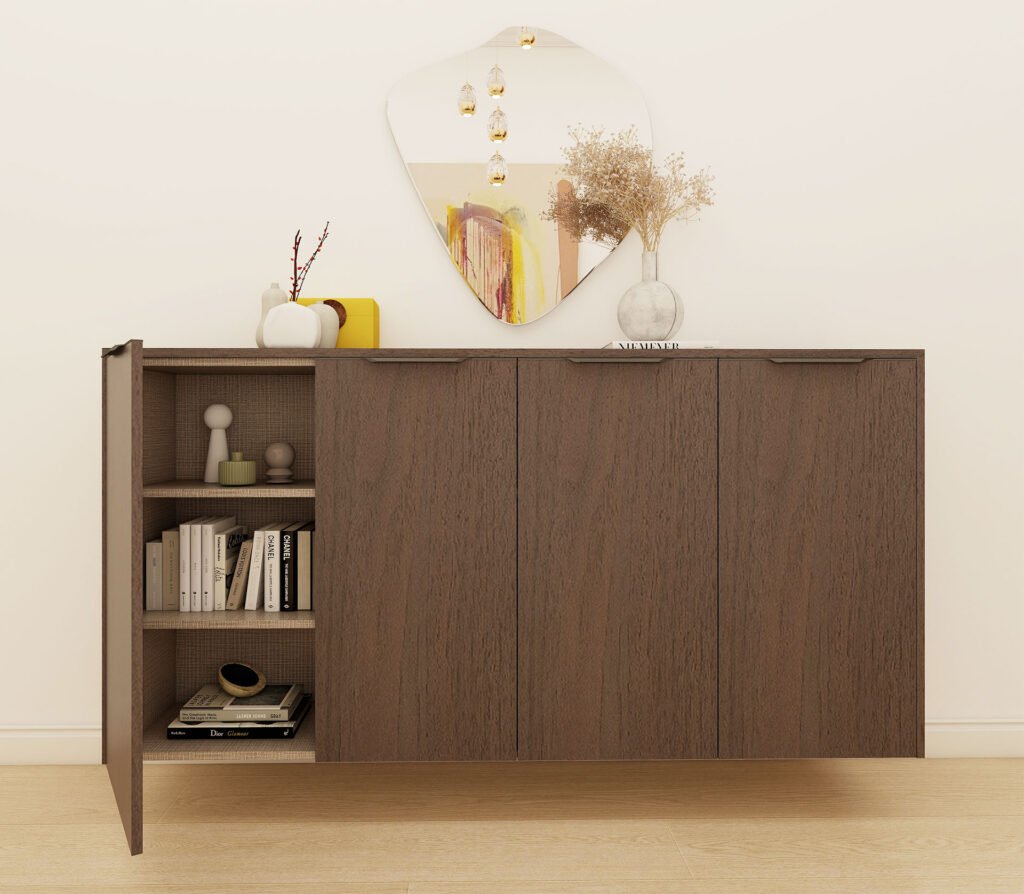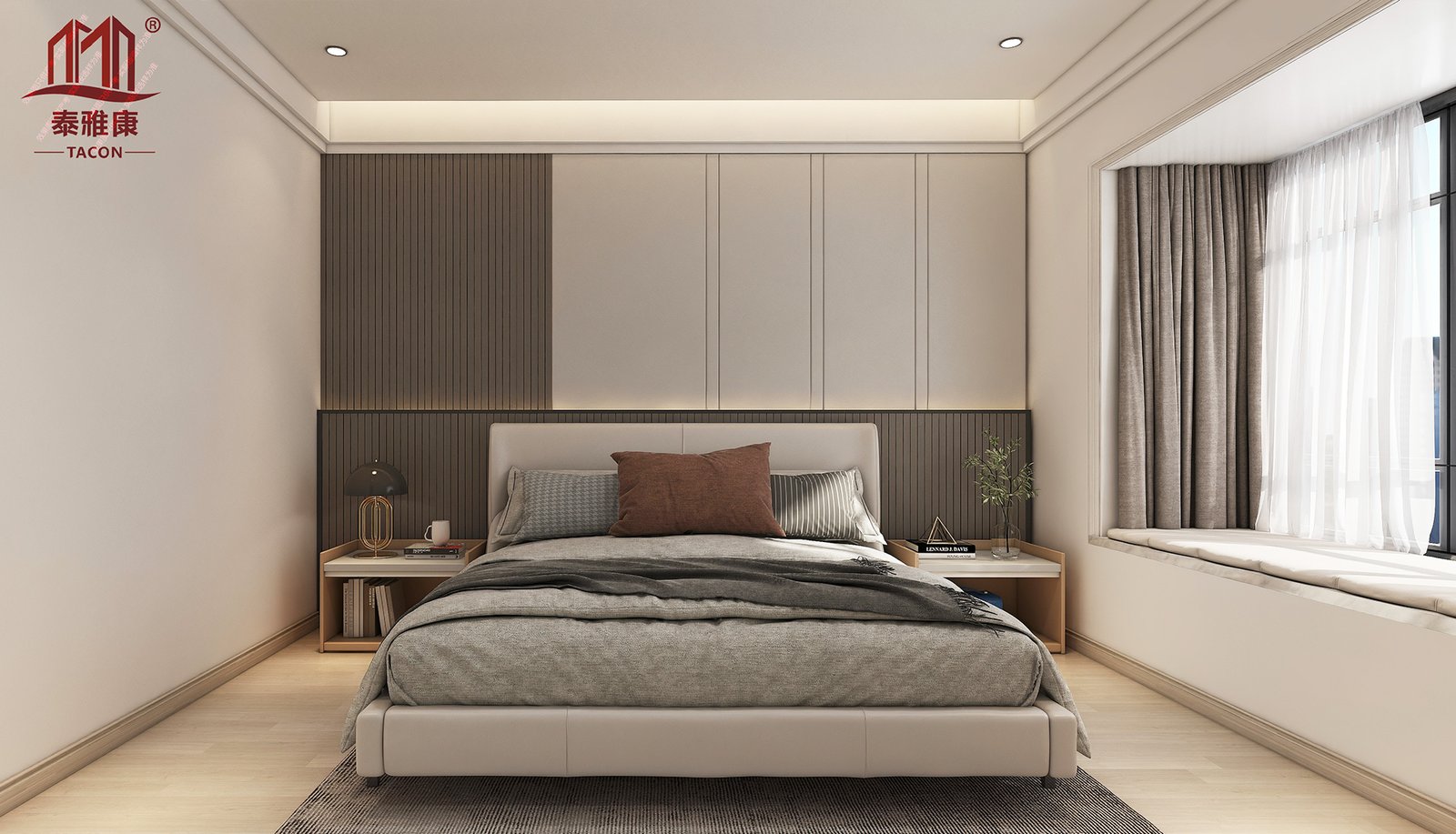As the construction and design industries increasingly prioritize sustainability, finding eco-friendly materials has become more important than ever. Medium Density Fibreboard (MDF) is a versatile material commonly used in furniture, cabinetry, and interior design projects. Traditionally, MDF has raised environmental concerns due to its manufacturing process and the use of formaldehyde-based resins. However, advancements in technology and a growing commitment to sustainability have led to the development of eco-friendly MDF options. In this article, we’ll explore the benefits of sustainable MDF and how it can be an excellent choice for green building projects.
At Tacon Wood Industry, we’re proud to offer sustainable MDF products that align with environmentally responsible building practices. Here’s what you need to know about sustainable MDF and how it can contribute to greener, more sustainable construction.
What Makes MDF Sustainable?
Sustainable MDF differs from traditional MDF in several key ways, all of which contribute to its reduced environmental impact. Here are the primary factors that make MDF sustainable:
- Use of Recycled Wood Fibers
- Sustainable MDF is often made from recycled wood fibers, which helps reduce the demand for virgin timber. By repurposing wood waste from sawmills, furniture factories, and other wood-processing facilities, the production of MDF minimizes the impact on forests and contributes to resource conservation. This recycling process not only reduces deforestation but also decreases the amount of wood waste sent to landfills.
- Low-Emission Resins
- Traditional MDF is manufactured using urea-formaldehyde resins, which can emit volatile organic compounds (VOCs) over time, contributing to indoor air pollution. Sustainable MDF, on the other hand, uses low-emission or formaldehyde-free resins that significantly reduce or eliminate VOC emissions. These resins are often plant-based or water-based, making them safer for both the environment and the people who use them.
- Energy-Efficient Manufacturing
- The production of sustainable MDF often involves energy-efficient processes that reduce the carbon footprint of manufacturing. This includes the use of renewable energy sources, such as solar or wind power, and implementing waste reduction measures during production. Energy efficiency in manufacturing not only lowers greenhouse gas emissions but also supports the overall sustainability of the MDF.
- Certifications and Standards
- Look for MDF products that are certified by recognized environmental standards, such as the Forest Stewardship Council (FSC) or the Programme for the Endorsement of Forest Certification (PEFC). These certifications ensure that the wood used in MDF comes from responsibly managed forests and that the manufacturing process adheres to strict environmental guidelines. Additionally, MDF that meets CARB (California Air Resources Board) Phase 2 standards or the EPA’s TSCA Title VI standards ensures low formaldehyde emissions, further contributing to sustainability.
- Longevity and Durability
- Sustainable MDF is designed to be durable and long-lasting, which means it won’t need to be replaced as frequently as less durable materials. This longevity reduces the need for new resources and minimizes waste over time. By choosing high-quality, sustainable MDF, you’re making a long-term investment in both your project and the environment.

Benefits of Using Sustainable MDF in Green Building
- Reduced Environmental Impact
- By choosing sustainable MDF, you’re actively reducing the environmental impact of your construction or design project. The use of recycled materials, low-emission resins, and energy-efficient manufacturing processes all contribute to a lower carbon footprint and a more sustainable approach to building.
- Improved Indoor Air Quality
- One of the major concerns with traditional MDF is the emission of formaldehyde, which can negatively affect indoor air quality. Sustainable MDF, with its low-emission or formaldehyde-free resins, significantly reduces these emissions, creating healthier indoor environments. This is particularly important in homes, schools, and workplaces, where indoor air quality directly impacts the well-being of occupants.
- Support for Responsible Forestry
- Choosing MDF that is FSC or PEFC certified supports responsible forestry practices, ensuring that the wood used in your projects comes from forests that are managed sustainably. This helps protect ecosystems, biodiversity, and the livelihoods of communities that depend on forests.
- Versatility and Aesthetics
- Sustainable MDF retains all the versatility and aesthetic appeal of traditional MDF. It can be easily cut, shaped, painted, and finished to suit a wide range of applications, from custom furniture to decorative wall panels. The eco-friendly attributes of sustainable MDF don’t compromise its functionality or appearance, making it an excellent choice for green building projects.
- Alignment with Green Building Certifications
- Using sustainable MDF can contribute to achieving green building certifications, such as LEED (Leadership in Energy and Environmental Design) or BREEAM (Building Research Establishment Environmental Assessment Method). These certifications recognize and reward the use of environmentally responsible materials, enhancing the overall sustainability of your project.
Conclusion
Sustainable MDF is an eco-friendly option that offers all the benefits of traditional MDF while aligning with the principles of green building. From the use of recycled wood fibers to low-emission resins and energy-efficient manufacturing, sustainable MDF is designed to minimize environmental impact and promote healthier indoor environments. At Tacon Wood Industry, we are committed to providing high-quality, sustainable MDF products that meet the needs of today’s environmentally conscious builders and designers.
If you’re interested in learning more about our sustainable MDF options or want to discuss how they can be integrated into your next project, please contact us at taconsales86@gmail.com. Let’s work together to build a more sustainable future.




